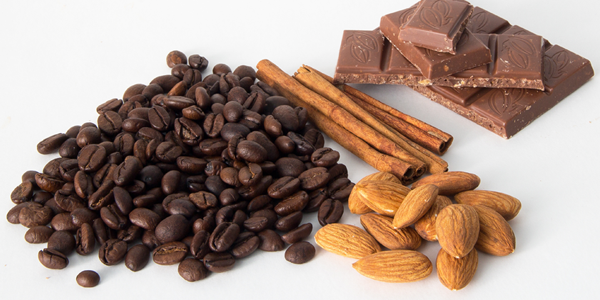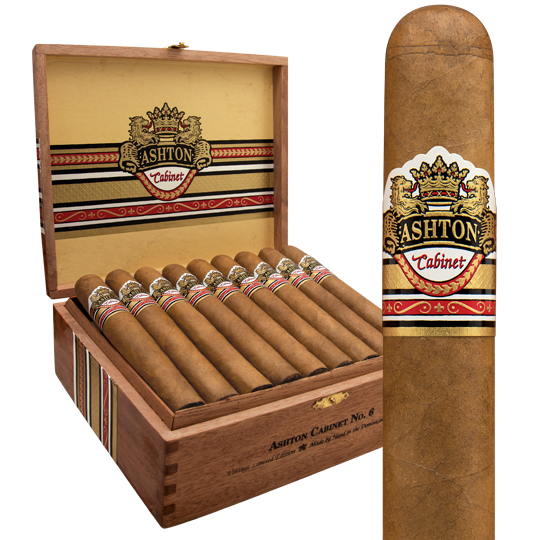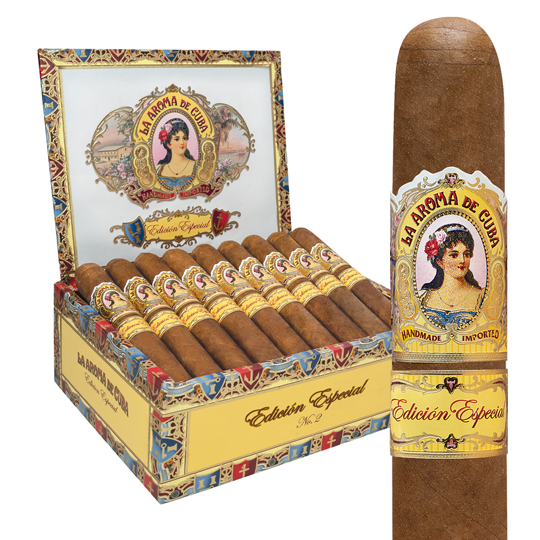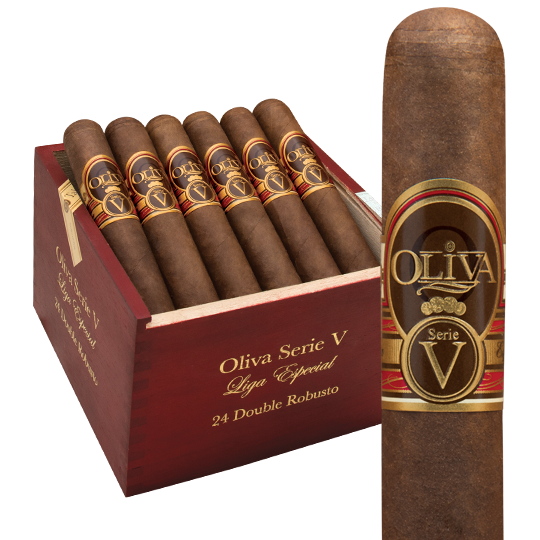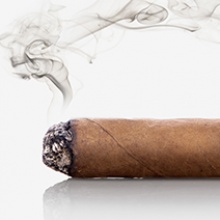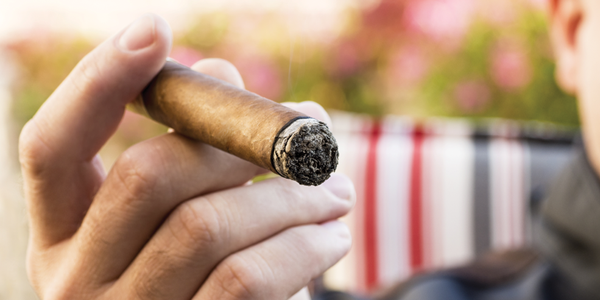Most Popular Cigar Tasting Notes & Flavors
The main reason we smoke cigars is for the taste. Premium cigars stimulate our palates in a myriad of ways. Cigars can be spicy, sweet, earthy, and nutty. Taste is subjective and sometimes a source of debate among connoisseurs and critics because we can perceive the same cigar with a bit of variation. Nonetheless, a number of well-known tasting notes characterize most cigars.
Here are the most common cigar flavors you’ll encounter in the descriptions you read as well as what you taste when you’re smoking. To clarify, we’re focusing on traditional premium cigars, not flavored cigars, which are infused with oils and sweeteners that obscure the natural taste of the tobaccos they’re made from.

Natural Notes: Earth & Leather
Earth and leather are the primary natural tasting notes cigars possess. To some cigar lovers, earth and leather are a touch abstract, but we must keep in mind that aroma plays a big part in taste. It’s easier to grasp how a cigar can taste earthy or leathery when you correlate it with smell. We all know what a new leather jacket smells like, or a recently plowed field in the spring. Premium aged tobaccos convey the aroma and taste of earth and leather brilliantly. Earthy cigars include San Cristobal, Ashton VSG, and Padron 1926 Series. Varying degrees of spice can also be found in each of these full-bodied, complex cigars.
Nutty Notes: Almonds, Cashews, & Chestnuts
A wide variety of nuts can be found in cigar descriptions. The most common are almonds, cashews, walnuts, and chestnuts. Occasionally hazelnuts and pistachios appear in a cigar’s tasting notes too. Nutty flavors often characterize milder cigars, but not exclusively. Ashton Classic and Ashton Cabinet Selection are excellent examples of mild, nutty Dominican profiles. In both cases, a golden Connecticut Shade wrapper contributes creamy and rich tasting notes of cashews and almonds.
La Aroma de Cuba Mi Amor is on the other end of the spectrum with a San Andrés wrapper leaf and a medium to full-bodied Nicaraguan profile. Although Mi Amor finishes with more intensity and spice, a distinctive flavor of smoked almonds adds wonderful dimension to the 95-rated blend.
Coffee Notes: Black Coffee, Coffee with Cream, & Espresso
Coffee and cigars go so well together because each reflects much distinction based the soil and growing climate where the coffee beans and tobaccos are harvested, respectively. Tasting notes of coffee can be potent and dark or less intense and creamy. Some coffee flavors are bitter and drier like a shot of espresso.
My Father La Opulencia is rich and dark with direct, perky notes of black coffee. Arturo Fuente Hemingway reveals a luscious medium-bodied profile of baking spices and lightly roasted coffee beans. Notes of white pepper and coffee with cream culminate in Oliva Connecticut Reserve. The recently reblended La Aroma de Cuba Edicion Especial unfolds with a unique profile of smoked almonds and creamy espresso notes.
Spicy Notes: Black Pepper, Red Pepper, & Cayenne
Spicy tasting notes are prevalent in many cigars. Black pepper, red pepper, and cayenne are the most common descriptors. Jalapeno, bell peppers, white pepper, and poblano offer more granular portraits of a cigar’s spices.
The bestselling Oliva Serie V is potent and zesty thanks to its Ligero-heavy blend and Cuban-seed wrapper leaf. Notes of wood and cayenne crescendo in a lingering finish in several classic shapes. The 97-rated My Father Le Bijou 1922 delivers robust flavors of black pepper and earth which increase in intensity substantially before the cigar’s conclusion. A crisp spice commands the palate the second Le Bijou hits your lips. Perhaps the most sought-after spicy cigar on the planet is the coveted Fuente Fuente Opus X with its sharp profile of cedar, leather, and red and black pepper.
Sweet Notes: Cocoa, Dark Chocolate, & Molasses
A number of cigars are naturally sweet, especially when a Maduro wrapper leaf completes the blend. Sweet notes frequently found in premium cigars include dark chocolate, cocoa, molasses, maple, and even caramel in some cases.
Two of the finest sweet cigars to smoke are Ashton Aged Maduro and Arturo Fuente Anejo. Both are blended by legendary cigar-maker Carlito Fuente from premium aged Dominican tobaccos and a toothy Connecticut Broadleaf Maduro wrapper. Ashton Aged Maduro blossoms with dark chocolate notes, maple, and spice. Anejo is distinct because its wrapper is aged in a cognac barrel for an enhanced cognac-like sweetness in addition to its buttery profile of chocolate and leather.
Wood & Vegetal Notes: Cedar, Hickory, Oak, & Tea
Wood and plant-like tasting notes define a number of cigars too. Cedar is the most conspicuous and occupies a number of mild, medium, and full-bodied cigar descriptions. Cedar is the type of wood used to construct most cigar boxes and humidors because it is ideal for aging premium cigars and it reacts wonderfully with moisture. Tasting cedar in a cigar is often a natural affect from the environment where the cigar is stored. Ashton Cabinet Selection, Padron 1964 Anniversary, and Montecristo introduce marvelous notes of cedar with a mix of nutty and spicy distinction.
Hickory and oak represent other common woody tasting notes. Bold cigars like San Cristobal Ovation and La Aroma de Cuba Mi Amor Reserva harbor discernible notes of hickory. Each is blended with an oily San Andrés Oscuro wrapper leaf. The silky blond Ecuador Connecticut wrappers found on San Cristobal Elegancia and Perdomo 10th Anniversary Champagne layer the palate with notes of white pepper and tea. Specific tasting notes often overlap in different cigars that share the same wrapper varietals. Because taste is subjective, you may pick up entirely unique flavors from a cigar based on your palate and the chemistry in your mouth.

